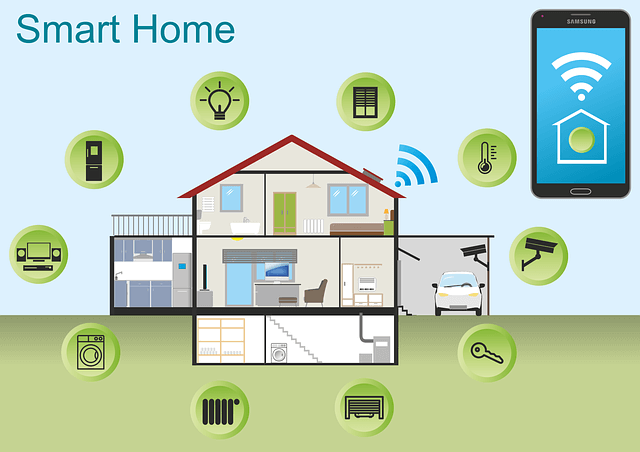The Evolution of Home Automation
In recent years, there has been a remarkable evolution in home automation technology. From simple programmable thermostats to complex integrated systems, the possibilities seem endless. Home automation has made tremendous strides in bringing convenience, comfort, and efficiency to households around the world.
Initially, home automation systems were limited to basic tasks such as turning lights on and off at specific times or adjusting the temperature in a home. However, with advancements in technology, these systems have become more sophisticated and capable of managing a wide range of household functions.
Today, homeowners can control their entire environment, including security systems, lighting, climate control, entertainment systems, and even appliances, all from the palm of their hand. The evolution of home automation has truly revolutionized the way we live, making our lives easier, more secure, and tailored to our individual preferences.
Advantages of Smart Home Technology
Smart home technology offers a plethora of advantages that contribute to making our lives more convenient and comfortable. One key advantage is the ability to control various devices and systems in our homes with just a few taps on our smartphones.
Imagine being able to adjust the temperature, turn off lights, and even lock the doors with a simple command, even when you are miles away from home. This level of remote accessibility not only enhances convenience but also allows for greater energy efficiency, as we can easily manage and monitor our energy consumption.
Another advantage of smart home technology is the integration of security systems, which provides a heightened sense of safety and peace of mind. With smart surveillance cameras, motion sensors, and door/window sensors, homeowners can monitor their properties in real-time and receive instant notifications in the event of any suspicious activity.
This not only ensures the safety of occupants but also enables quick response and intervention to prevent potential threats or accidents. Additionally, the ability to automate lighting and create the illusion of an occupied home even when you are away can deter potential intruders, enhancing the overall security of your property.
Key Components of a Smart Home System
A smart home system is comprised of various key components that work in harmony to create a seamless and efficient living environment. One of the main components is a central hub or controller, which acts as the brain of the system. This hub connects all the different devices and sensors throughout the home, enabling them to communicate and be controlled from a single interface. It serves as the command center, allowing users to monitor and manage their smart home functions effortlessly.

Another essential component is the network infrastructure, which includes Wi-Fi or Ethernet connections. This infrastructure is responsible for connecting all the smart devices to the internet, enabling remote access and control. It ensures that users can interact with their smart home system from anywhere, whether they are at home or miles away. Additionally, wireless protocols such as Zigbee or Z-Wave are often used to establish a reliable and secure connection between devices within the smart home system. These protocols enable seamless communication between devices and ensure that the system operates smoothly.
Integration of Artificial Intelligence in Home Automation
Artificial Intelligence (AI) has revolutionized the way we interact with technology, and its integration into home automation systems is a game-changer. With the advancements in AI technology, homes are becoming smarter and more intuitive than ever before. AI enables smart home devices to learn from user behavior and adapt to their preferences, creating a personalized and seamless experience.
One of the key benefits of integrating AI into home automation is the ability to automate tasks and make informed decisions. AI-powered systems can collect and analyze data from various sensors and devices in the home, allowing them to understand patterns and make intelligent decisions based on the user’s preferences. For example, an AI-powered thermostat can learn your temperature preferences over time and adjust the temperature accordingly, ensuring optimal comfort while also saving energy.
Furthermore, AI brings voice recognition capabilities to smart home devices, enabling users to control their homes through voice commands. AI assistants like Amazon Alexa or Google Assistant can understand and execute commands, allowing users to control lights, thermostats, appliances, and more with just their voice. This hands-free control adds convenience to daily tasks and enhances the overall smart home experience.
In conclusion, the integration of AI in home automation opens up a world of possibilities, making homes smarter, more intuitive, and personalized. With AI-powered systems, homeowners can automate tasks, make informed decisions, and control their homes through voice commands, enhancing comfort, convenience, and energy efficiency.


